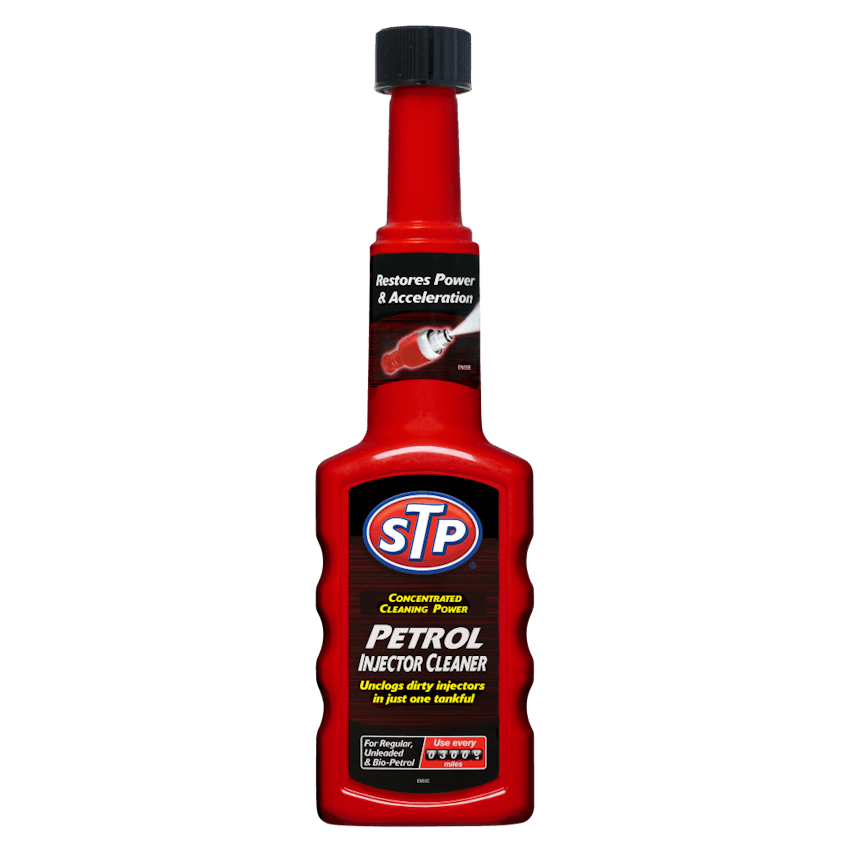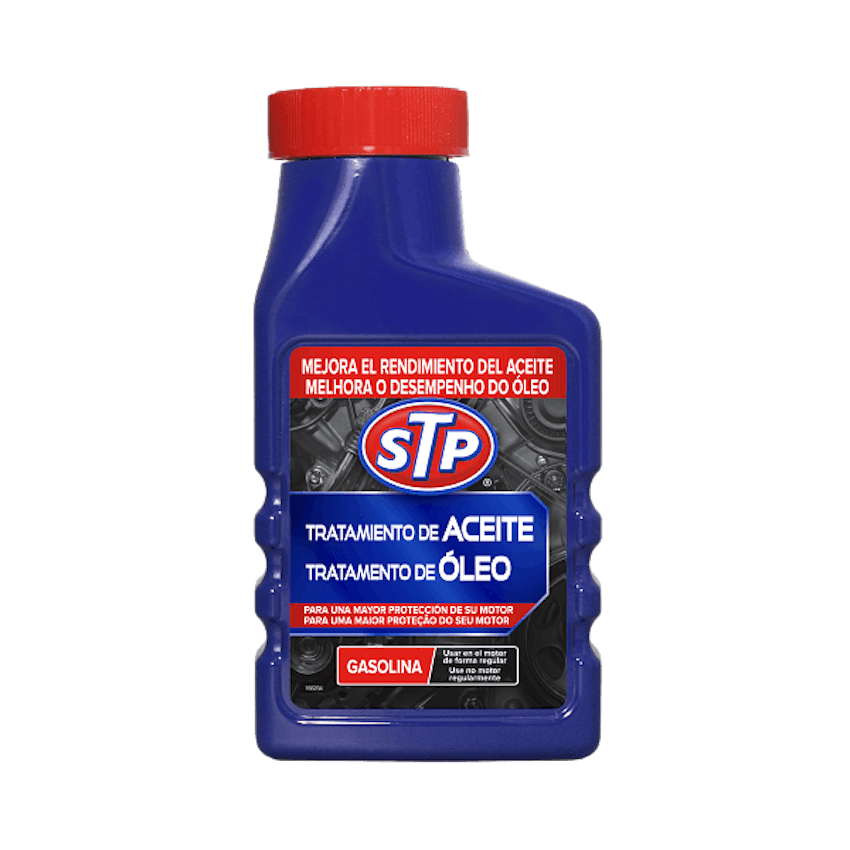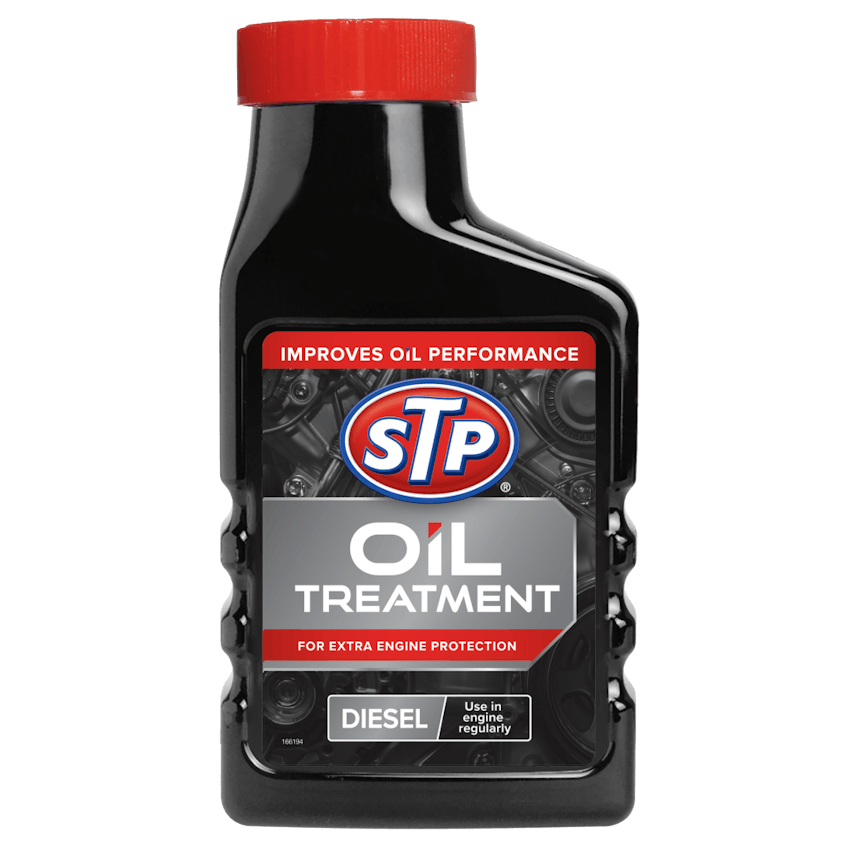Brake System

Table of contents
The brake system is often forgotten when it comes to vehicle maintenance, but as the first step toward vehicle safety, it should be prioritised. Not only will proper maintenance prevent a complete brake system failure, it will also save you money by preventing premature corrosion of internal parts and equipment breakdown. Always use the brake fluid type designated on the brake reservoir cap or in the owner’s manual.
How to Check the Brake Fluid Level:
A necessary step in brake system maintenance is changing the brake fluid. Brake fluid is hygroscopic (it absorbs water). Replacing used fluid with fresh fluid keeps the system free of moisture. If your brakes seem to not work as well as they used to in severe stopping conditions, flushing the brake fluid and adding fresh fluid can restore braking performance.
- Find the brake fluid reservoir - it’s under the bonnet toward the rear of the engine bay on the driver’s side.
- Clean the reservoir and its cap of any road grime and dust.
- Remove the cap and add fluid until the level reaches the “full” or “max” mark on the side of the reservoir.
- Replace the cap.
PRO TIP:
Brake fluid will dissolve paint, so be sure not to spill it on any painted surface. If you have a spill, flush the spill with water ASAP (water does a good job of neutralising it).
Maintaining the Chassis System
Chassis joints need to be lubricated to prevent premature wear and corrosion. Moaning, groaning and squeaking are your car’s ways of begging for a full chassis lube.
Since every vehicle is different, refer to your owner’s manual for lubrication points throughout your car, the manufacturer’s recommended grease type and service intervals. If your vehicle’s owner’s manual does not provide recommended service intervals for a chassis lube, a good rule of thumb is every third oil change or three times per year.
Most cars and light trucks today are manufactured with sealed “lubed for life” ball joints, tie rod ends and even U-joints. It’s a self-fulfilling prophecy - when the factory-fill grease dries out, the joint wears out. Some vehicles still come with suspension and driveline parts that have proper grease fittings, allowing you to use a simple hand-pumped grease gun to inject precious lubrication at regular intervals.
PRO TIP:
Use a quality lithium or synthetic grease.
How to Lubricate Chassis Joints:
- Clean the fitting thoroughly with a rag.
- Use a high-quality chassis grease to push the end of the grease gun onto the grease fitting of the vehicle.
- Squeeze the trigger on the grease gun to push the grease into the fitting until you see grease seeping from the seal.
- Remove the hose and wipe away any excess grease.


















